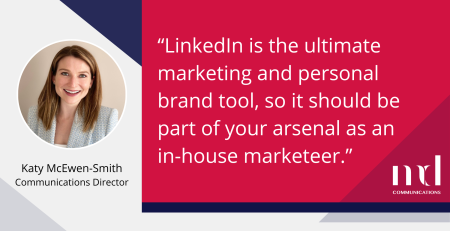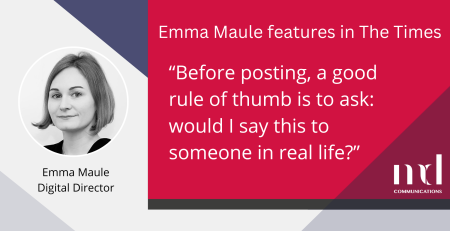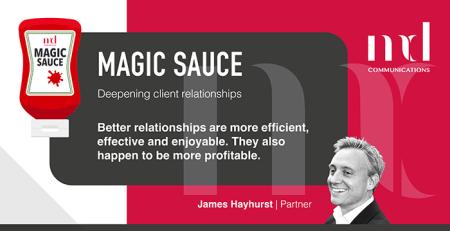Over the last six months, we have seen firms of all sizes tightening their belts when it comes to marketing, but this doesn’t need to mean a reduction in ROI. The key aspects here are efficiency and effectiveness. Before you start yawning, yes, these concepts aren’t new or exciting, but when you spend your days jumping from one marketing project to another, simply focusing on output, it’s easy to believe that it’s not the best use of anybody’s time to review ‘how’ the key areas of your marketing activities are working. This is a big mistake.
To make sure you get the most out of your marketing, you need to go back to basics. If you haven’t already, take the opportunity to review and audit your marketing and BD activities. This will flag up areas where, with a few improvements, you can get more from your efforts.
Reallocate in line with your strategy
Since the pandemic it is highly likely that your business focus has shifted. It may sound obvious, but if you do need to cut your marketing budget, make sure you understand what your strategy is, what the priorities are, and reallocate budget where possible before starting to make reductions.
In the current climate there are some practice areas into which there will be a strong business case for actually channeling more marketing budget and time, while other business areas could justifiably be refocused to use less resource. Indeed there is now much evidence in the wider world of consumer brands of the danger of cutting back marketing support in a recession and the large and longer term benefits from keeping spending through a crisis as your competition goes quiet and you have an increased share of voice (ref Binet&Field).
Focus on campaigns
Ever feel like you churn out e-shots, webinars and proposals without any return? If your communications are being driven on the hoof with no thought of how they support your strategy, you won’t be getting the most out of your marketing resources. To get more bang for your buck, stop the scattergun approach – rather, bring activities together into a coordinated marketing campaign based on clear business objectives. To do this successfully, you need to have consistent messaging – without this, your communications won’t support each other.
Developing an elevator pitch is a starting point, as having this will help to underpin the messages for your campaigns, then you can bring together your marketing channels and plan your communications. One of the biggest benefits of good planning is being able to re-use your content across multiple channels, ensuring that you get full value from every activity, whether that’s an e-newsletter, a social media post, a blog, or an online event.
Fully utilise the tools you have
Making use of your existing tools and channels to gain a competitive advantage is key if resources are stretched. Focus on the tools you have that help to manage contacts, help in marketing automation and content funnels, and those that can help you schedule social media posts, as well as identifying trends with your audience.
We know that firms have stepped up their social media usage, but to get the best results it’s necessary to increase involvement across your firm. Rather than just asking staff to share posts, get them fully engaged. Start by disseminating what the business purpose is to the whole firm and make them aware of the messaging used externally. Employees will then feel more confident about posting on their personal accounts and are more likely to be aligned to the firm’s own communications.
Don’t overlook your customer relationship management (CRM) system – it’s not an exciting area but it is fundamental. Whether you have a fancy CRM system or just have a simple excel spreadsheet take steps to enhance the data you do have with key information for each contact, job titles and industry are good examples, this will enable you to segment your data so that you can personalise and target your communications more effectively to the business areas you want to connect with. It’s also wise to invest time cleaning your data, and work with your people to build your contact list, focusing on the priority areas of your strategy.
The bottom line – marketing is an investment, not an expense
Reading this blog probably means you believe, like us, that marketing is an essential investment to grow your business. If your marketing resource has been squeezed, it doesn’t need to mean less profile raising or fewer leads generated.
To get the most out of your marketing efforts, working smarter is key, both in terms of efficiencies and effectiveness, and also around your decisions on where to spend time and money.
If you would like to download any of our helpful guides please visit MD Communications Resources and if you would like to talk to us about how we can support you to achieve your marketing objectives please get in touch.












